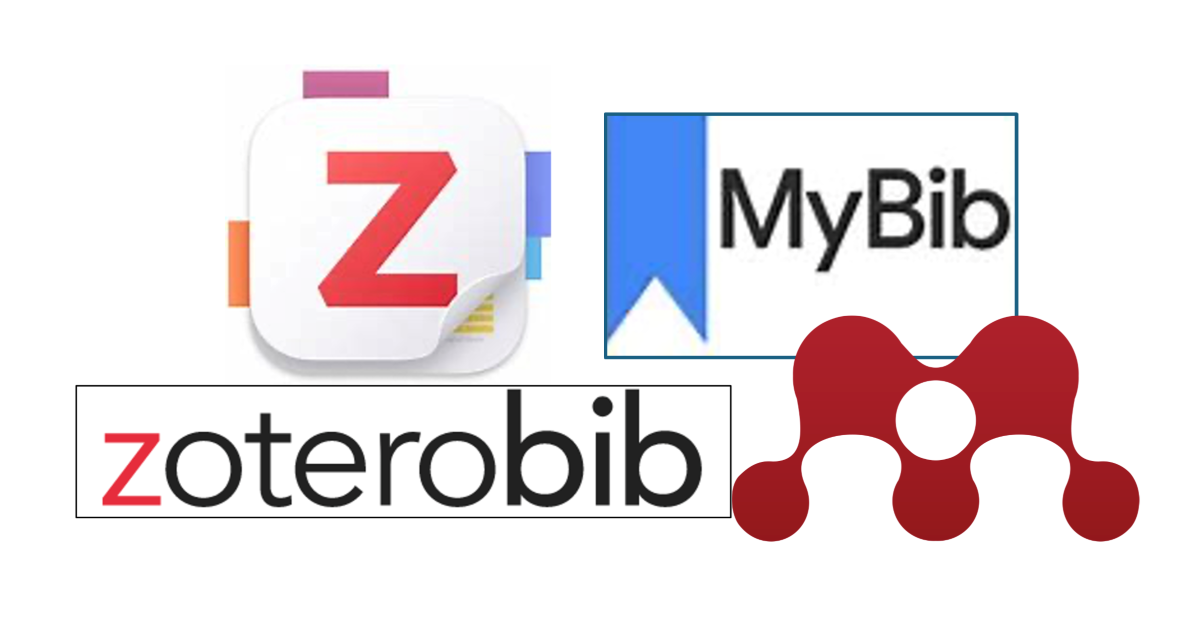How do I reference interviews, surveys and questionnaires… in the Cranfield Author-date style?
03/05/2017

Many theses and internship reports will include some primary research, in the form of interviews, surveys or questionnaires. You may have carried these out yourself in the process of your research – or you may be referring to previous research done by someone else.
No matter who the author is, this kind of research has its own format for citations and references within your work.
Also, before you include such information, bear in mind that if you are referring to communications which are not publicly available, you must have the permission of the parties involved before you use them in your work.
All set? Read on to find out more about referencing in these the Cranfield Author-date style…
So what do you need to include in your reference?
- Interviewee / recipient name (Surname, Initials)
- (Year of interview)
- Title of interview / survey / questionnaire if available
- Interviewed by: Full name of interviewer
- Day / month of communication.
Any what might the finished product look like?
- Bloggs, J. (2017) Management of absenteeism in manufacturing. Interviewed by: Fred Smith. 15 March.
When you cite from this item in your text…
Do as you would for any other item. Either incorporate the author and date into your text or add them within brackets afterwards – so (Bloggs, 2017) or any variation thereon.
If you have any questions about this or any area of referencing, please contact Kings Norton Library or MIRC.
Public domain image by Pixabay. Available at: https://pixabay.com/en/survey-opinion-research-voting-fill-1594962/
Categories & Tags:
Leave a comment on this post:
You might also like…
Meet Mendeley: a powerful referencing tool that does the hard work for you!
Are you looking for a way to manage your references, create in-text citations and reference lists for your assignments or thesis? If so, you may wish to consider using Mendeley. What is it? Mendeley is ...
Adding documents to your Mendeley account
To make the most of a Mendeley account, it is useful to create and maintain a ‘Library’ of references. You can add references and documents to this Library in a number of ways: 1) Drag ...
Choosing the right reference management tool for you…
Are you thinking about using reference management software to help you manage your references? The Library is here to help you. While Mendeley has been our go-to reference management software for some years, we've recently ...
Cranfield Seed Fund recipient, Cosysense, are using AI to solve air conditioning problems and provide a net zero alternative
If you’ve ever worked in an office environment you’ve probably been involved in, or overheard, a conversation about the air conditioning. Well, it’s no surprise it’s a common complaint when research shows that up ...
An Eye-Opening Journey in Advanced GIS & Remote Sensing at Cranfield University
My experience in the Advanced GIS and Remote Sensing course at Cranfield University was nothing short of transformational. From day one, the course was designed to provide both technical expertise and real-world applications. What ...
EBSCO databases – User interface changes
EBSCO has recently introduced a new user interface which you will see when you access any of our EBSCO databases - Business Source Complete, EBSCO eJournals and eBooks, GreenFILE, PsycARTICLES and PsycINFO. If you've used ...







Thanks for this but how do you reference questionnaires with your chosen theories.
Thanks for this but how do you reference questionnaires with your chosen theories.
Thanks for this but how do you reference questionnaires with your chosen theories.
Hi Vera.
Thanks for your question. We would take the same template and simply apply it to the questionnaire. So it would become:
Respondent’s name (the person providing the answers) (Surname, Initials)
(Year of questionnaire – when it was carried out)
Title of questionnaire
Questions posed by (if you do not like ‘Interviewed by’): Full name of person who asked the questions
Day / month of communication (when the questionnaire was carried out).
I hope this helps. Please do contact your Library service if you have any further questions.
Thanks!
Hi Vera.
Thanks for your question. We would take the same template and simply apply it to the questionnaire. So it would become:
Respondent’s name (the person providing the answers) (Surname, Initials)
(Year of questionnaire – when it was carried out)
Title of questionnaire
Questions posed by (if you do not like ‘Interviewed by’): Full name of person who asked the questions
Day / month of communication (when the questionnaire was carried out).
I hope this helps. Please do contact your Library service if you have any further questions.
Thanks!
Hi Vera.
Thanks for your question. We would take the same template and simply apply it to the questionnaire. So it would become:
Respondent’s name (the person providing the answers) (Surname, Initials)
(Year of questionnaire – when it was carried out)
Title of questionnaire
Questions posed by (if you do not like ‘Interviewed by’): Full name of person who asked the questions
Day / month of communication (when the questionnaire was carried out).
I hope this helps. Please do contact your Library service if you have any further questions.
Thanks!
hi,
is this Harvard referencing?
hi,
is this Harvard referencing?
hi,
is this Harvard referencing?
Hi Sidath,
This is what we refer to as the Harvard-Cranfield style. It is based on the Harvard style but with some tweaks.
Kind regards.
Hi Sidath,
This is what we refer to as the Harvard-Cranfield style. It is based on the Harvard style but with some tweaks.
Kind regards.
Hi Sidath,
This is what we refer to as the Harvard-Cranfield style. It is based on the Harvard style but with some tweaks.
Kind regards.